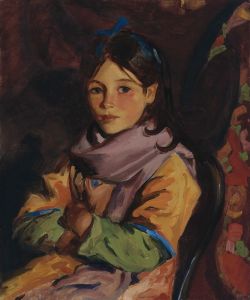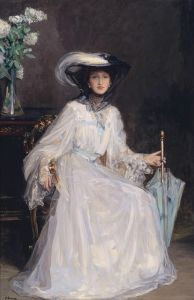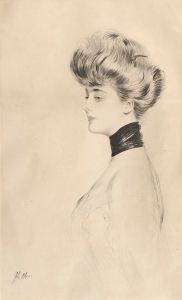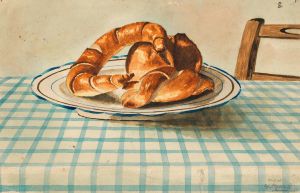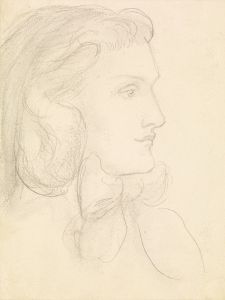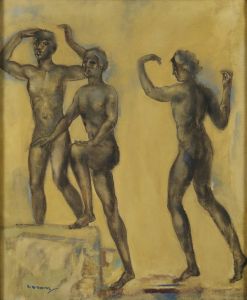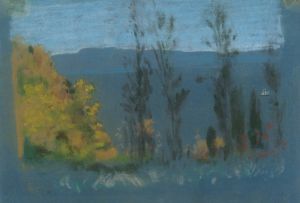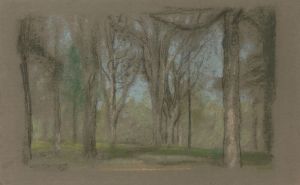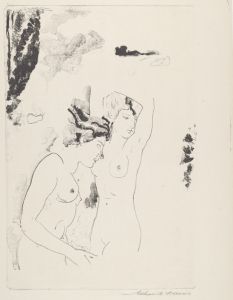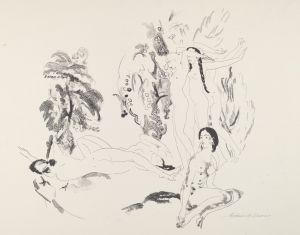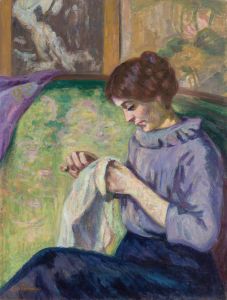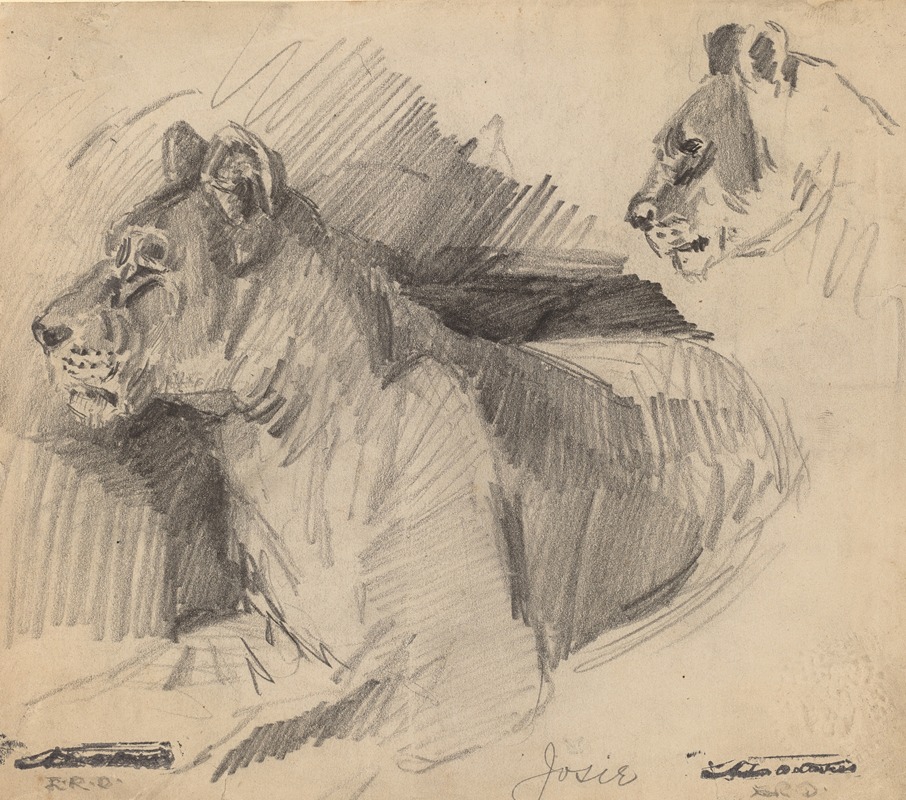
Josie
A hand-painted replica of Arthur Bowen Davies’s masterpiece Josie, meticulously crafted by professional artists to capture the true essence of the original. Each piece is created with museum-quality canvas and rare mineral pigments, carefully painted by experienced artists with delicate brushstrokes and rich, layered colors to perfectly recreate the texture of the original artwork. Unlike machine-printed reproductions, this hand-painted version brings the painting to life, infused with the artist’s emotions and skill in every stroke. Whether for personal collection or home decoration, it instantly elevates the artistic atmosphere of any space.
Arthur Bowen Davies was an American artist known for his role in the early 20th-century art movements and his contributions to modernism. However, specific information about a painting titled "Josie" by Arthur Bowen Davies is not readily available in historical records or major art references. Davies was a prominent figure in the art world, particularly known for his involvement with the Ashcan School and his role in organizing the Armory Show of 1913, which was a pivotal event in introducing modern art to the American public.
Davies' work often featured dreamlike and ethereal qualities, with a focus on allegorical and mythological themes. His style was characterized by a blend of realism and symbolism, often depicting figures in harmonious and idyllic settings. While he painted numerous works throughout his career, the lack of specific documentation or notable references to a painting titled "Josie" suggests that it may not be one of his widely recognized or studied pieces.
Arthur Bowen Davies was born on September 26, 1862, in Utica, New York. He studied at the Art Institute of Chicago and later at the Art Students League in New York City. His early work was influenced by the Symbolist movement, and he was known for his ability to capture the human form with grace and fluidity. Davies' paintings often explored themes of beauty, nature, and the human spirit, reflecting his interest in the transcendental and the mystical.
In addition to his painting, Davies played a significant role in the American art scene as a leader and advocate for modern art. He was a key organizer of the Armory Show, which took place in New York City in 1913. This exhibition was groundbreaking, as it introduced the American public to European avant-garde artists such as Pablo Picasso, Marcel Duchamp, and Henri Matisse. The Armory Show had a lasting impact on the development of modern art in the United States, and Davies' involvement was crucial in its success.
Throughout his career, Davies maintained a balance between his artistic pursuits and his role as a promoter of modern art. He was associated with the Ashcan School, a group of artists known for their depictions of everyday life in New York City. However, Davies' work often diverged from the gritty realism of the Ashcan School, as he preferred more idealized and imaginative subjects.
Despite his contributions to the art world, Davies' personal life was marked by complexity. He maintained a dual existence, with a family in New York and a separate life with his mistress in New Jersey. This aspect of his life, while not directly related to his art, adds a layer of intrigue to his biography.
In summary, while Arthur Bowen Davies is a significant figure in American art history, specific information about a painting titled "Josie" is not available in major art historical sources. Davies' legacy, however, is well-documented through his involvement in the Armory Show and his influence on the development of modern art in America. His work continues to be studied and appreciated for its unique blend of realism and symbolism, as well as its contribution to the broader narrative of American art.





